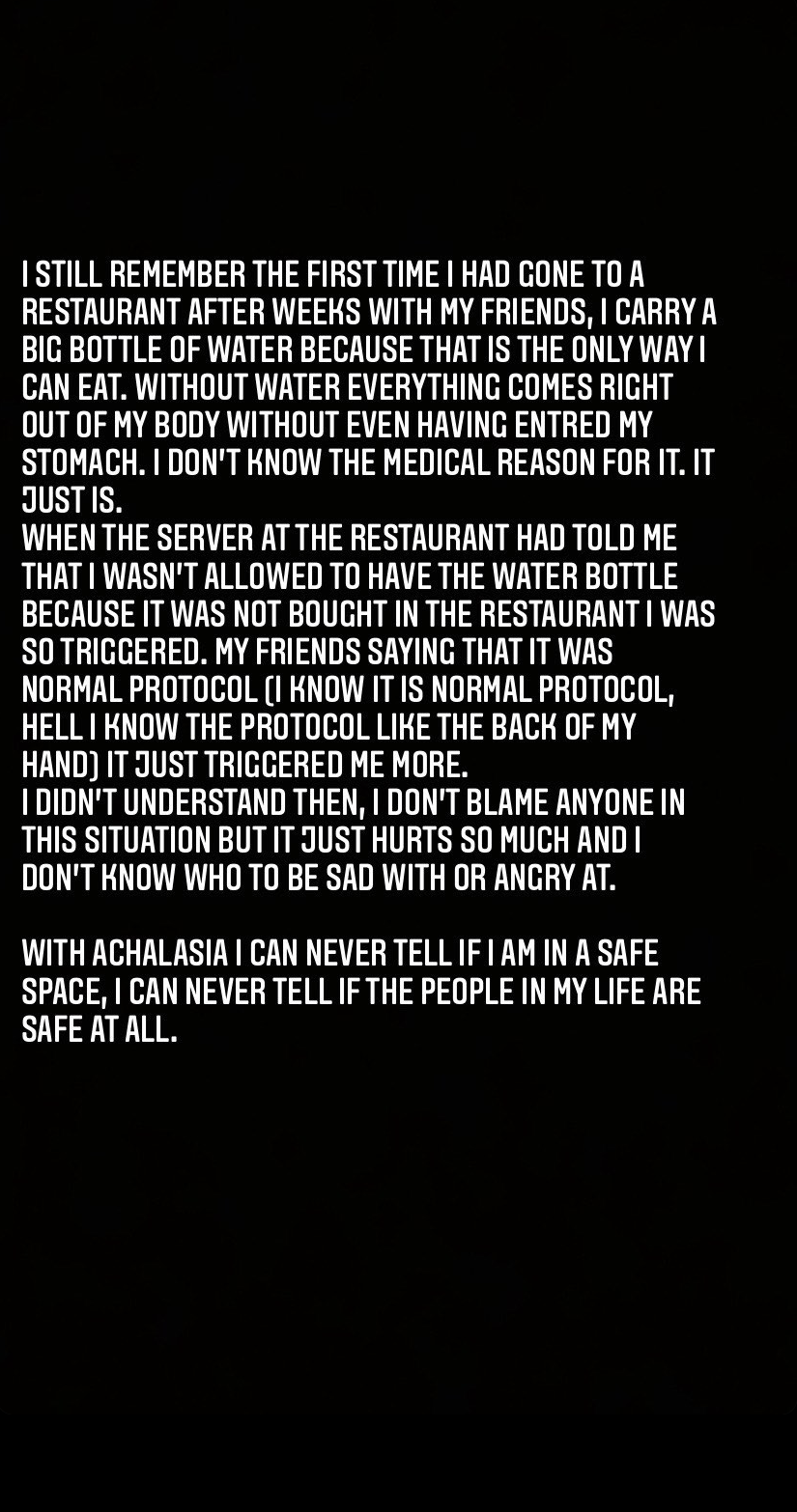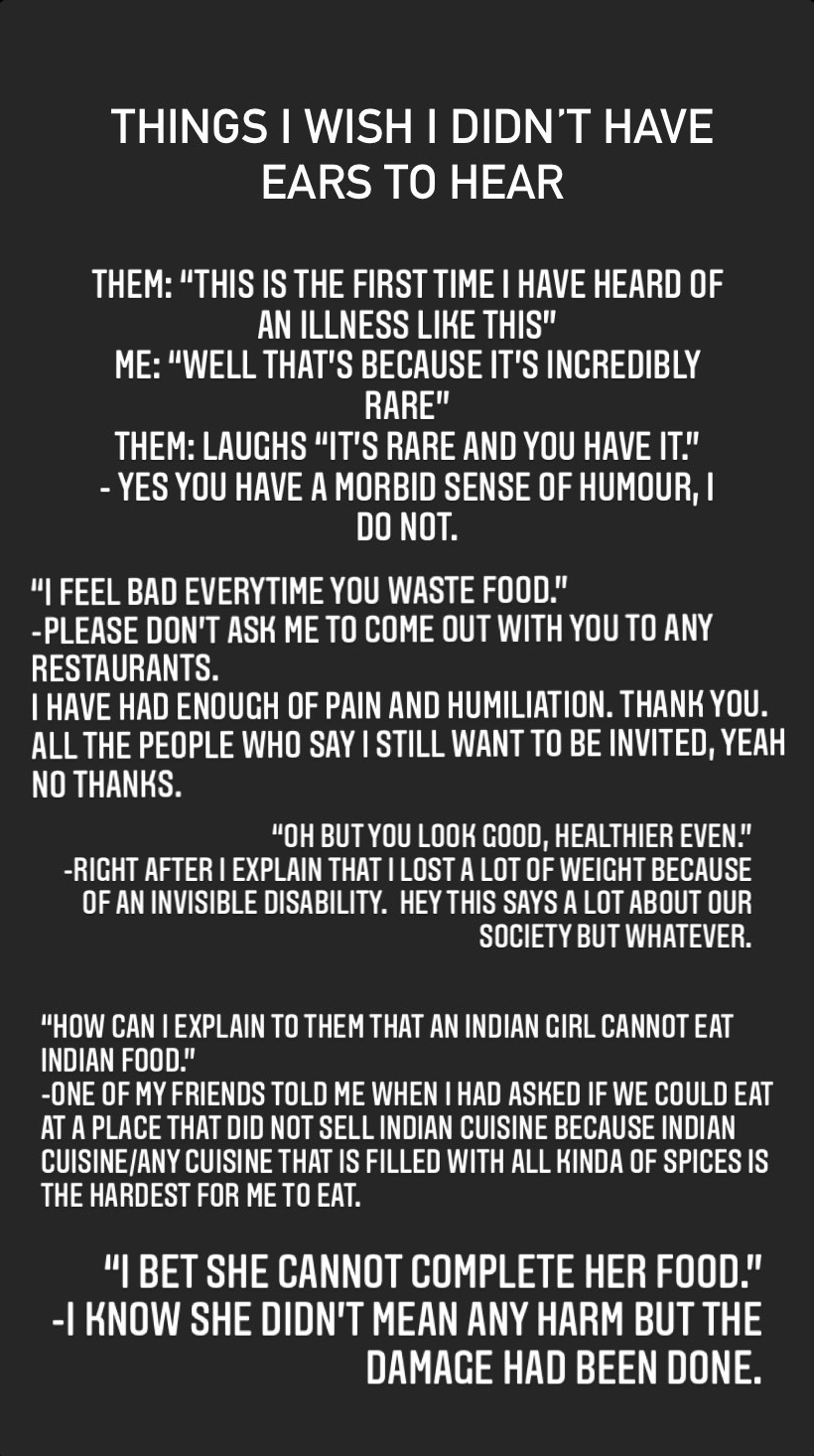
Normal Bodies
What is a “NORMAL” body?
What makes a “NORMAL” body?
This series came to my mind in 2021 when I was reflecting on 2020, the beginning of COVID-19, during the height of my own chronic illness Type III Achalasia Cardia.
For some people COVID-19 was not the worst thing that had happened to them during that year and the consecutive ones. It was just one of the worst things. Personally for me I had to get accustomed to an evolving, or a rapidly deteriorating, body. Get used to the way the world around me had shifted overnight, or what felt like overnight. The way the world looked at me and the way I looked at the world, it had all changed.
This series looks at my own outwardly invisibly changing body with plans to further explore the non-existent and further decaying etiquette in between able-bodied people and non able-bodied people.
Chapter 1: “Normal Body”
Is this a “Normal” Body?
This Series is an exploration of the tern “normal body”. What is it? Is it as simple as it seems? Does normal have layers to what it is and can become?
It very specifically explores the idea of a “normal body” from the perspective of someone who has an invisible chronic illness.
Artist: Divya Kishore
Chronic illness: Type III Achalasia Cardia

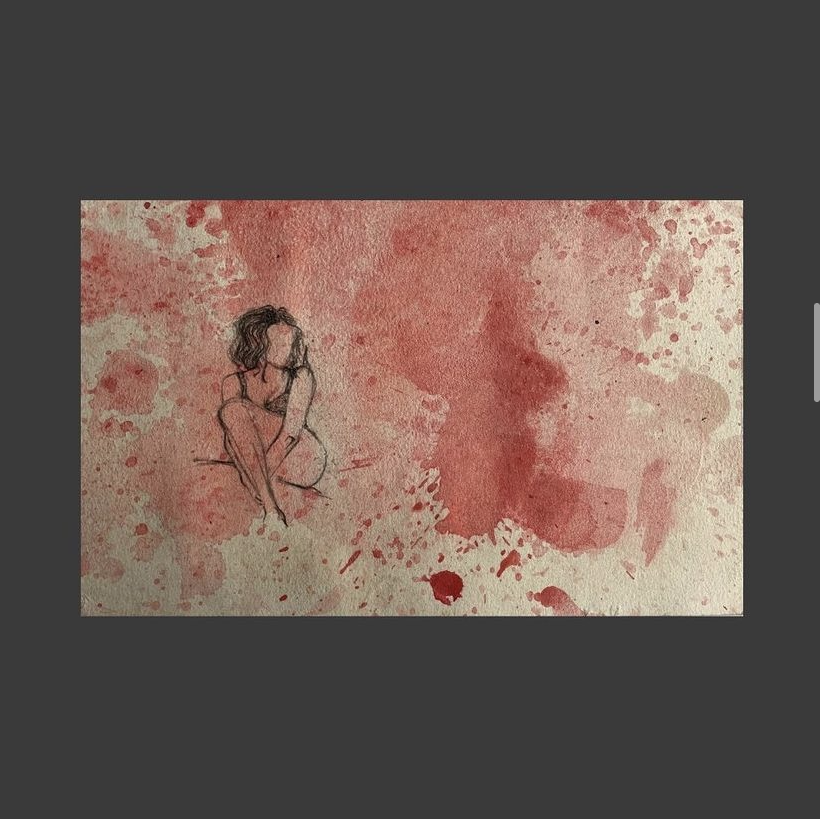
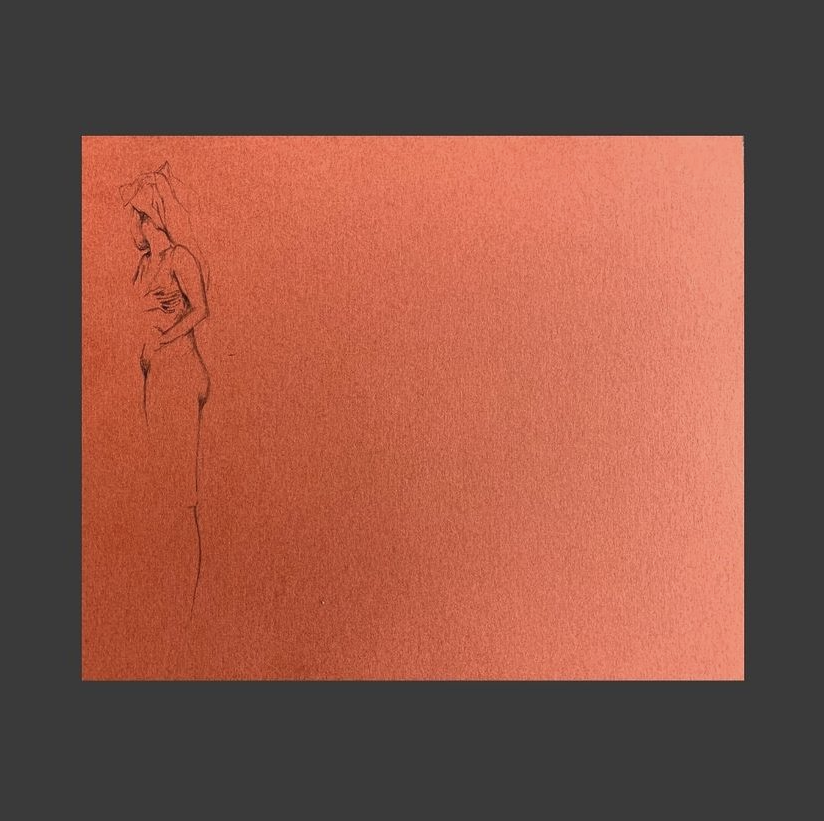
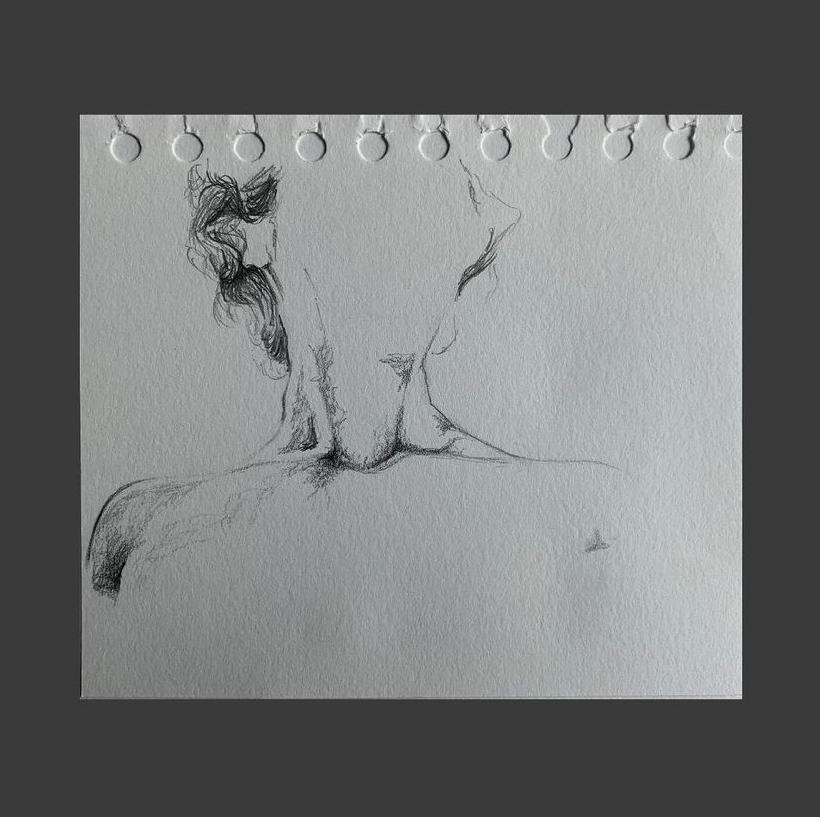

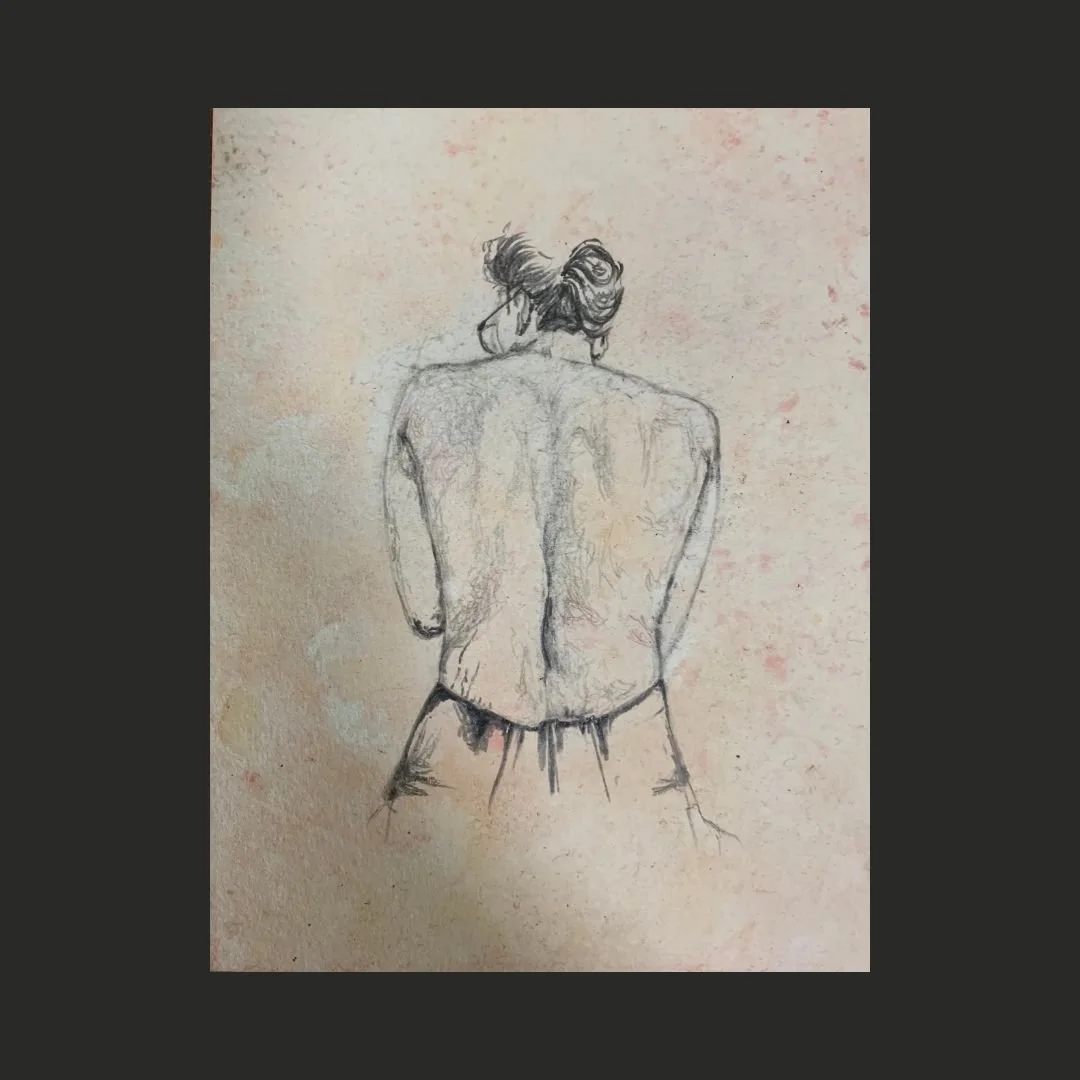



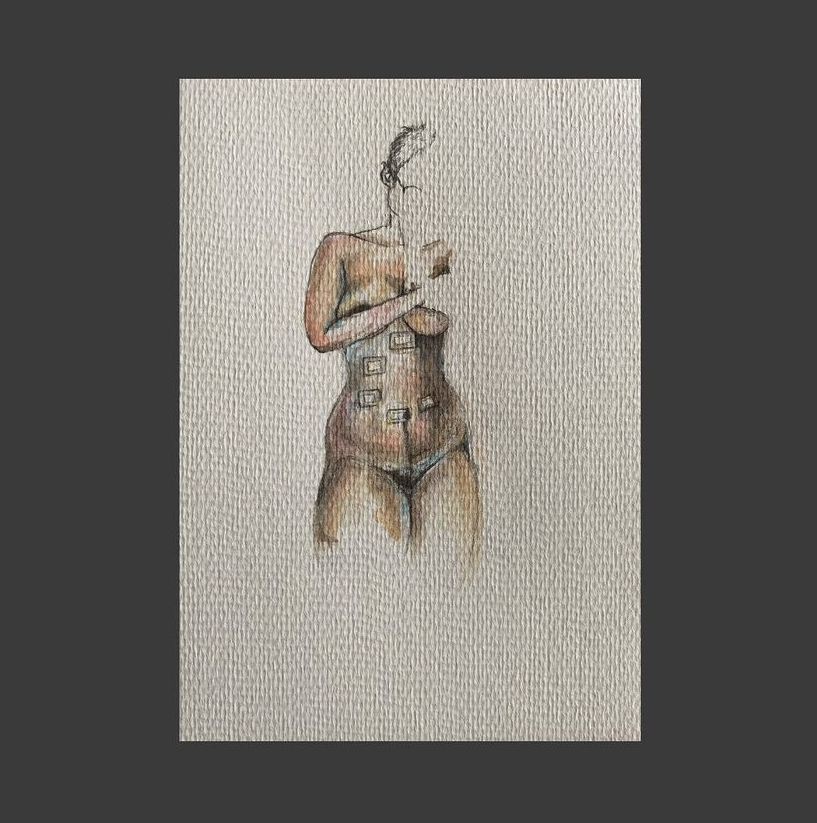

The way I looked at the world and the way the world looked at me had fundamentally changed. It was never going to be the same however much I tried.
Chapter 2: My Normal Body
This chapter is a form of journal chronicling my journey from the beginning till current times with my chronic illness Type III Achalasia Cardia. In the form of moments.
It is not in a chronological order.
Journal Entries by: Divya Kishore
-
Invisible
Short Story - A dinner invitation extended to a person with Type III Achalasia Cardia.
-
The Gaslighter
This is the last conversation in between an ex-friend and myself. An example of what gaslighting looks like by people who are close to a chronically ill person.
-
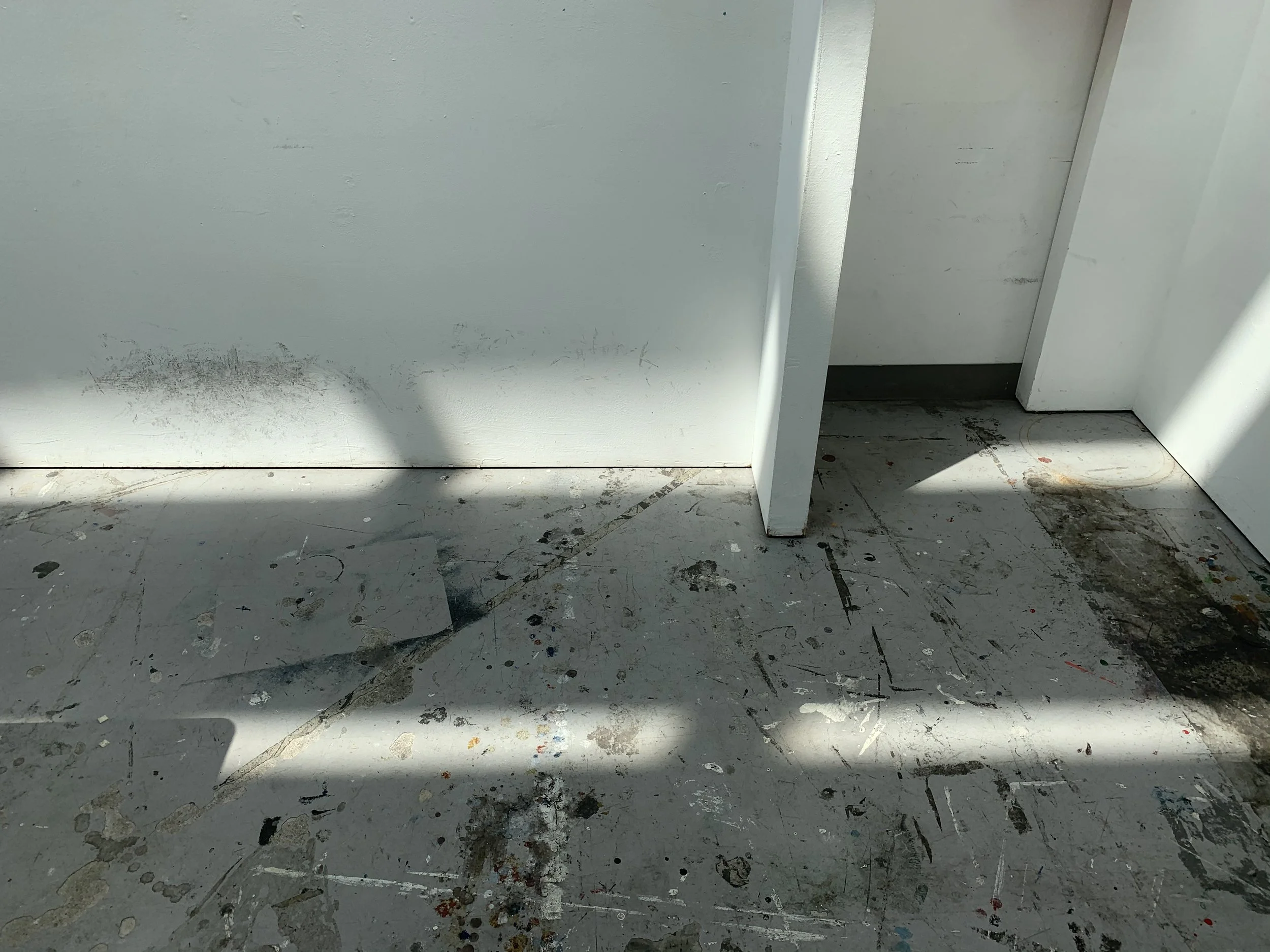
The Lecturer
Something that happened during the final days in college.
-
Triggering World
Triggering world is about how seemingly small things -things that are considered normal, a part of daily life- can potentially be deeply triggering for non-able bodied people.
-
Safe Space
“When non-able bodied people do find a space to speak, it is often never safe enough.”
-

Scarless Scars
“… You know the thing that is the hardest to explain, it is how utterly hopeless, helpless and defeated I felt. …
… The most frustrating of all is how none of it showed: the pain: the exhaustion, the struggle, how none, absolutely none of it, showed. …”
- Snippets from Personal Diary (2021)
-
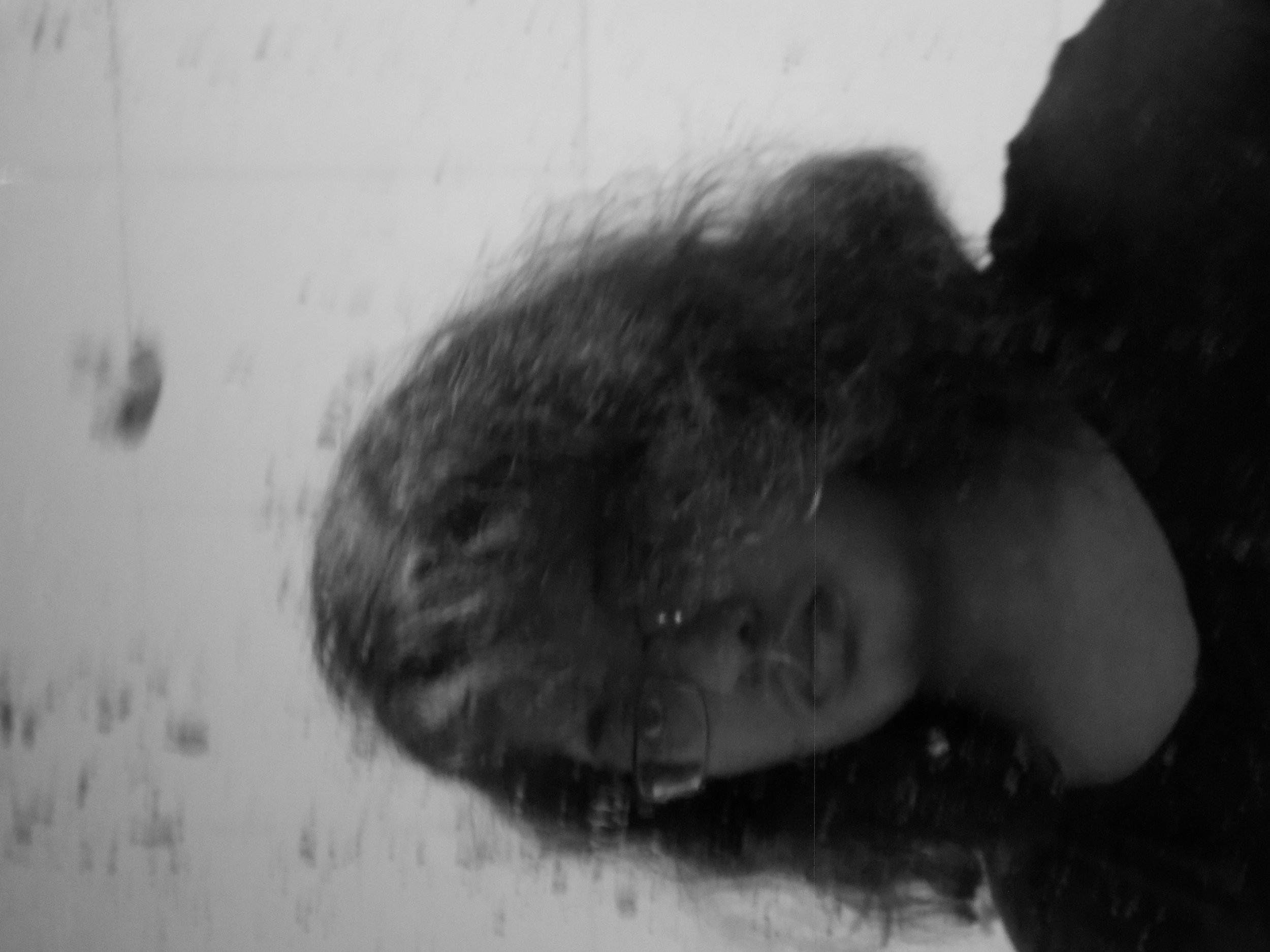
Something is Wrong with Me
The very first time I knew that something was wrong with me. The very first time I told that out loud.
-

Do "You" Know
“I had people around me suffer or die or suffer the same disease, thus I am more qualified to tell you about your disease, about your body than you are of living it and in it.”
-
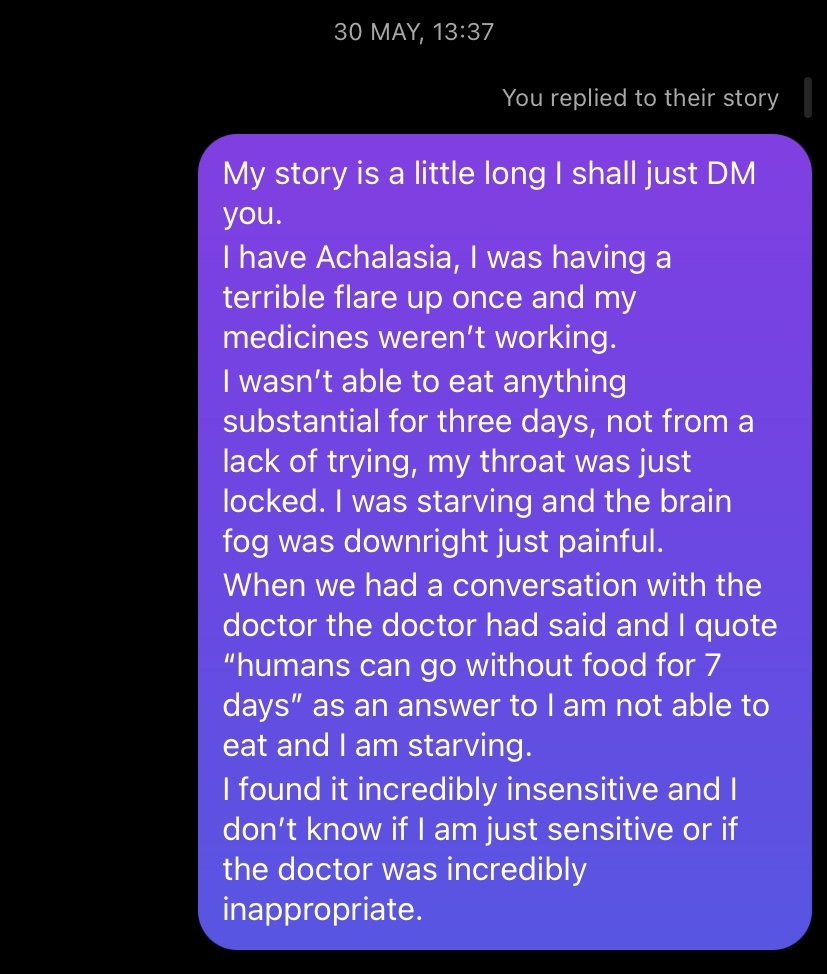
Doctor, Doctor
“… We forget that doctors are as human as the rest of us. They are not immune to internalised prejudices, or anger or fear. They are not inviolable fortresses that hold kindness and generosity in equal measure for all. They are human, as such come with flaws. …”
-
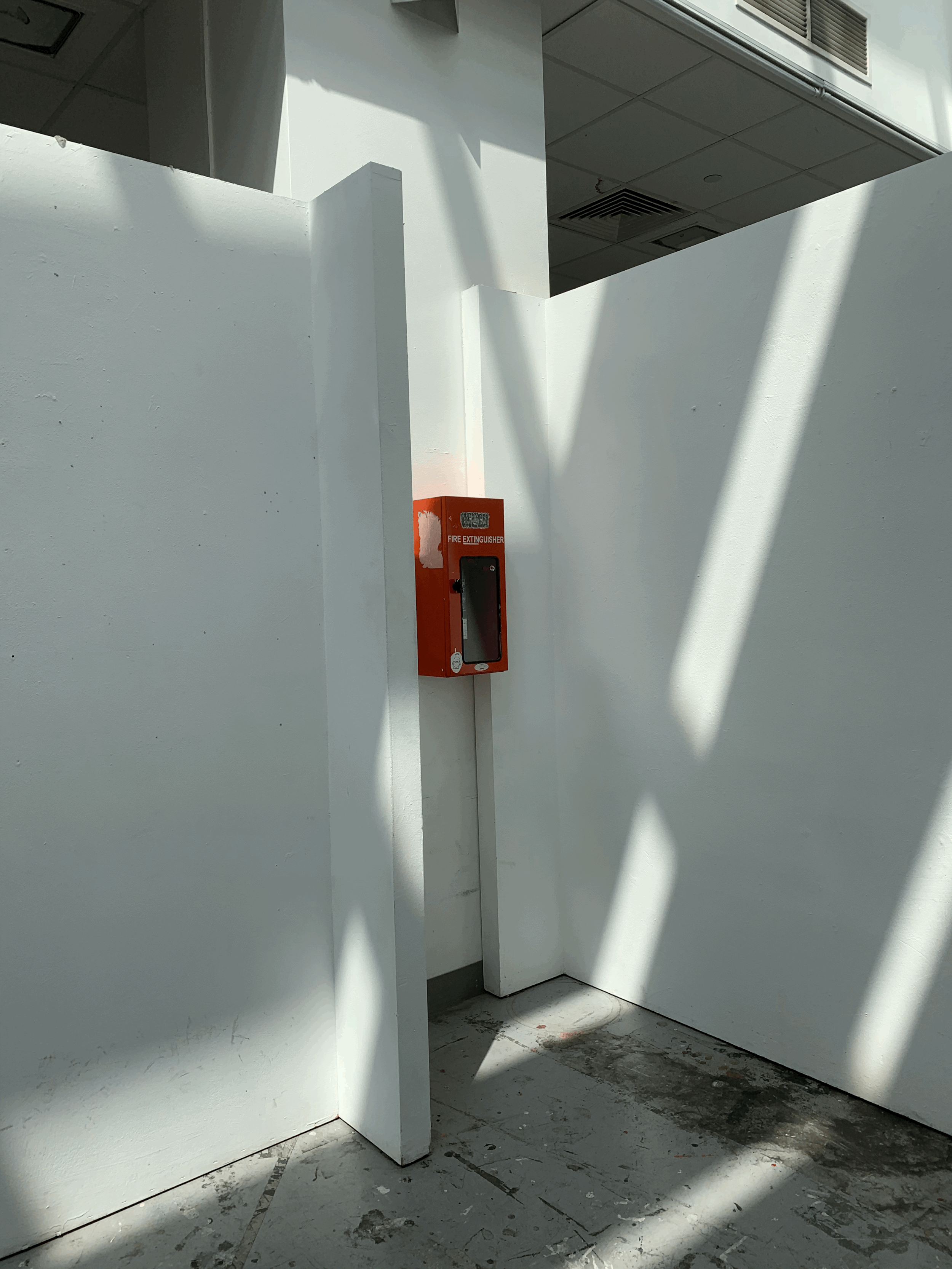
Poster Child - Disability Edition
It is a slanted scale. Based on which we make a disability (invisible and visible) poster child.
-
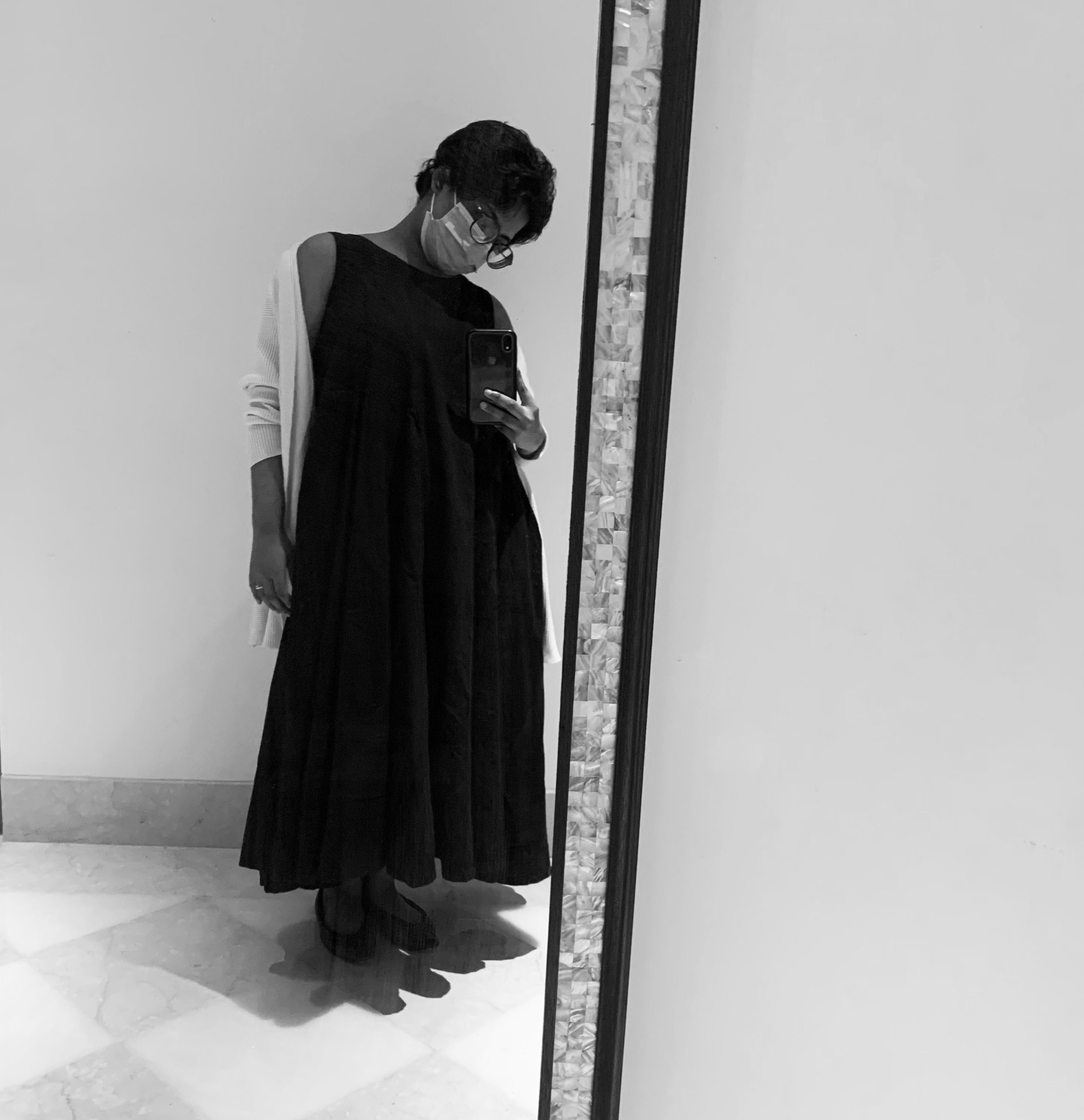
Talking about "it"
“… We suffer in isolation that is cause by silence. Pain that is exacerbated by this isolation that is caused by a prison of forced silence. “
-

My eulogy, written by me
My Eulogy, Written by Me.
-

Things I wish I had the Courage to say to some able bodied people.
“… This is for the former type of able bodied people. And, for my heart. …”
-

Choice
“The hardest thing to talk about, to articulate, is how chronic illness feels like a violation of my autonomy. A divine violation of my body. …”


